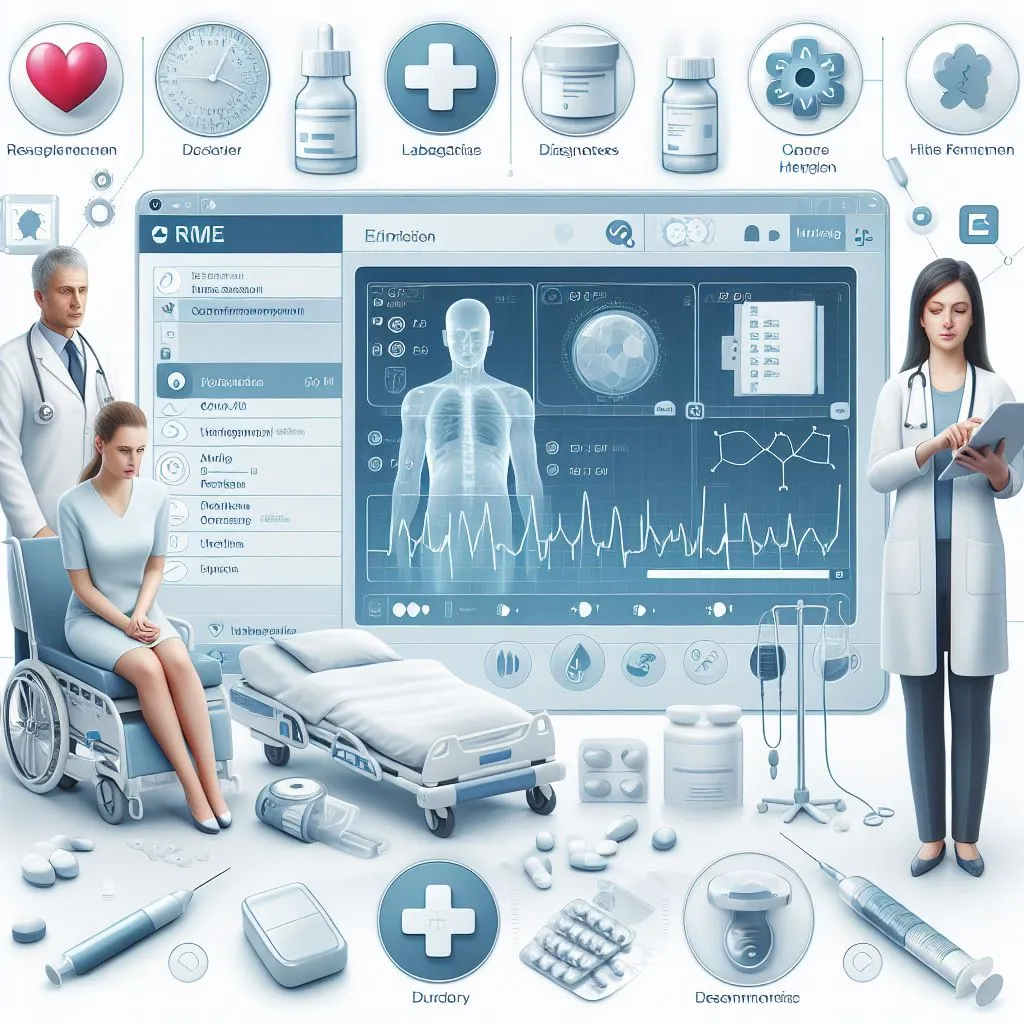That’s not the only treatment for illness in today’s world. Patients want to feel connected, to be understood and involved in their care. No longer do they want to be merely passive participants, showing up only when they are feeling sick. Rather, patients crave their records at their fingertips, open communication with their providers and a smooth passage through every part of their treatment.
This is where smarter Electronic Medical Record (EMR) technology can help. A more intelligent EMR serves not just as a data manager for providers, but also as a means to grow patient relationships. In simplifying and demystifying processes, EMRs are a huge contributor to patient engagement and lessening stress and contributing toward better health outcomes.
Why Patient Engagement Matters
Consider the most recent time you booked an appointment. If the process was swift, reminders arrived when they were supposed to and on follow-up your provider came back like a good coach checking that you had done what was asked — you mostly likely felt respected. But if you found it tough to make a patient appointment, if your reminders weren’t reliable, if every request you got back results after means receiving placating calls and waiting the next time for delayed tests or consult notes — then your experience was frustrating.
That is the power of patient engagement. An engaged patient:
- Understands their treatment plan clearly.
- Remains motivated to pursue medical advice.
- Feels comfortable asking questions.
- Arrives at appointments on time.
- Achieves better health results.
When patients feel heard and supported, trust is formed with providers. Trust is the factor that differentiates healthcare as a service from a relationship.
How Intelligent EMR Solutions Can Facilitate Engagement
Conventional EMRs were developed primarily to complete documentation and support billing. And though they had a tidy set of records, using them to create strong ties with their patients wasn’t exactly their forte. Smarter EMRs are different. They are about patient experience, but also take work off provider’s shoulders.
Here’s how better EMR tools can help:
Easy Access with Patient Portals
Patients can log on at any time to see lab results, prescription orders and past visit notes. No more sitting on hold for answers — everything is housed in one spot. This easy access informs the patients and makes them responsible for their own health.
Smooth Appointment Scheduling
The simpler it is to schedule a patient, the better for everyone. Online scheduling means less phone time, and automated reminders help reduce no-shows. Patients feel more in charge, and providers use their time better.
Clear Communication Channels
Secure messaging in the EMR means patients can ask questions after they leave — and not have to wait hours or days for an answer.” This reasurancy, reduces the risk of misunderstanding about care information and enhances trust.
Integrated Telehealth
And with telehealth options, patients aren’t always required to travel. That saves time, especially to follow up or check in on the routine. And smarter electronic medical records now make these virtual visits seem seamless and reliable.
Personalized Care Plans
Care plans can be built by providers and sent directly to patients from the EMR. Whether they’re living with a chronic condition, or preparing for surgery, individual plans help patients feel taken care of and guided.

The Added Benefits for Providers
More intelligent EMRs aren’t, of course, only about patient satisfaction. They also solve major issues for health care systems.
- Reduced Paperwork: Because automating an entire process, manual tasks are cut and more time is for the patients.
- Improved Medical Billing: EMR solutions that are integrated help with managing medical billing which minimises errors and expedites the acceptance of claims. For practices, it means being paid faster and having fewer billing complaints from patients.
- Increased Compliance: EMRs assist in accurate documentation that is beneficial during a medical audit. Providers will also benefit from automatically created notes, less stress and no compliance risk.
- Greater Patient Loveliness: The happier patients are, and the better they are cared for, there is less chance of them going elsewhere (and greater chance of referrals to that end).
Common Barriers to Patient Engagement
There are some roadblocks even with the right technology:
- Patients might not know how to use the portals.
- Older patients may not like digital tools and rather have phone calls.
- Either way, privacy concerns can deter some people.
The answer is education and reassurance. Providers can demonstrate how easy the portals are to use, reassure patients about security and stand at the ready to assist those who are less tech-savvy with this new way of doing things.
The Future of EMR and Participation
EMRs are only going to become more intelligent. Soon, we’ll see even more artificial intelligence features that anticipate patient needs, mobile-first designs that make healthcare as easy to use as an app and analytics that enable providers to tailor care in even more nuanced ways.
Just think about a platform that keeps a patient scheduled, reminds them to refill prescriptions, offers up preventive screenings, or catches billing errors before reaching the patient. These features will help alleviate frustrations, save time and foster an even stronger bond between patients and providers.
Final Thoughts
Patient involvement is no longer a “nice-to-have”—it’s necessary for better healthcare. Smarter EMR tools enable it through ready access to records, clear communication, specialized care and less hassle. In addition to helping patients stay more engaged, they also make life easier for providers with continuous medical billing and dependable medical audit support.
Maintaining patients’ participation means more satisfaction, loyalty and better results. For practitioners, it means closer relationships, less stress and a more successful practice.







Comments are closed